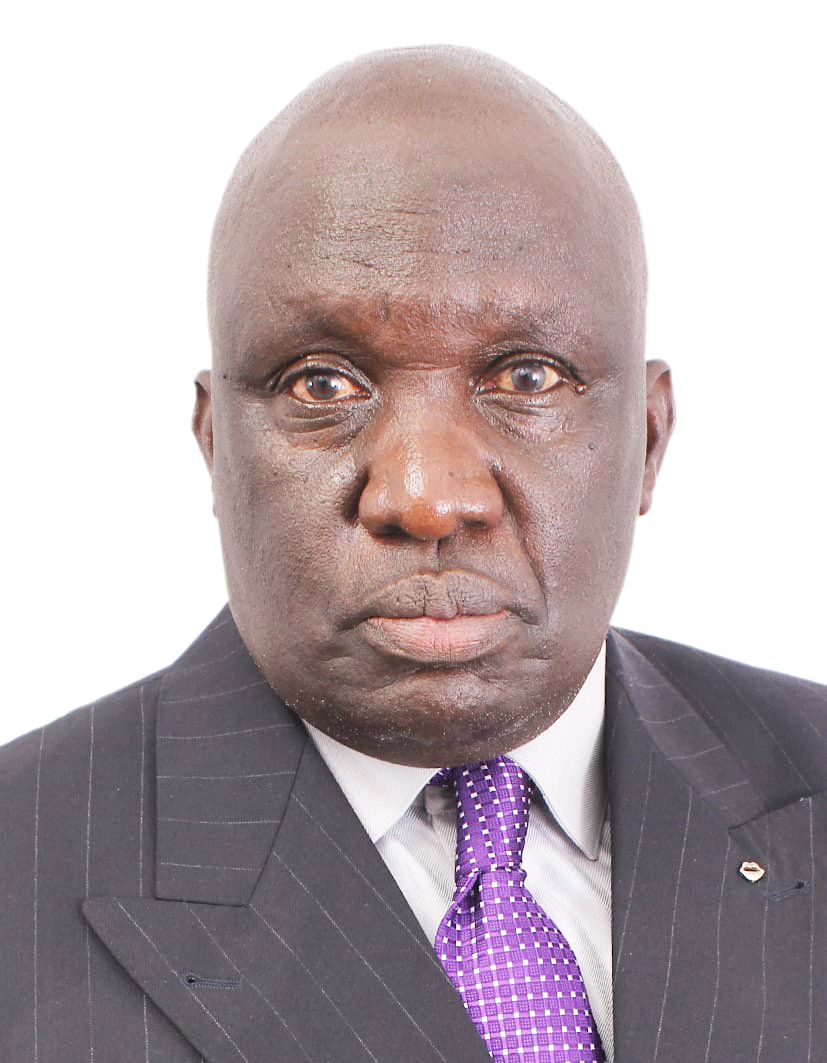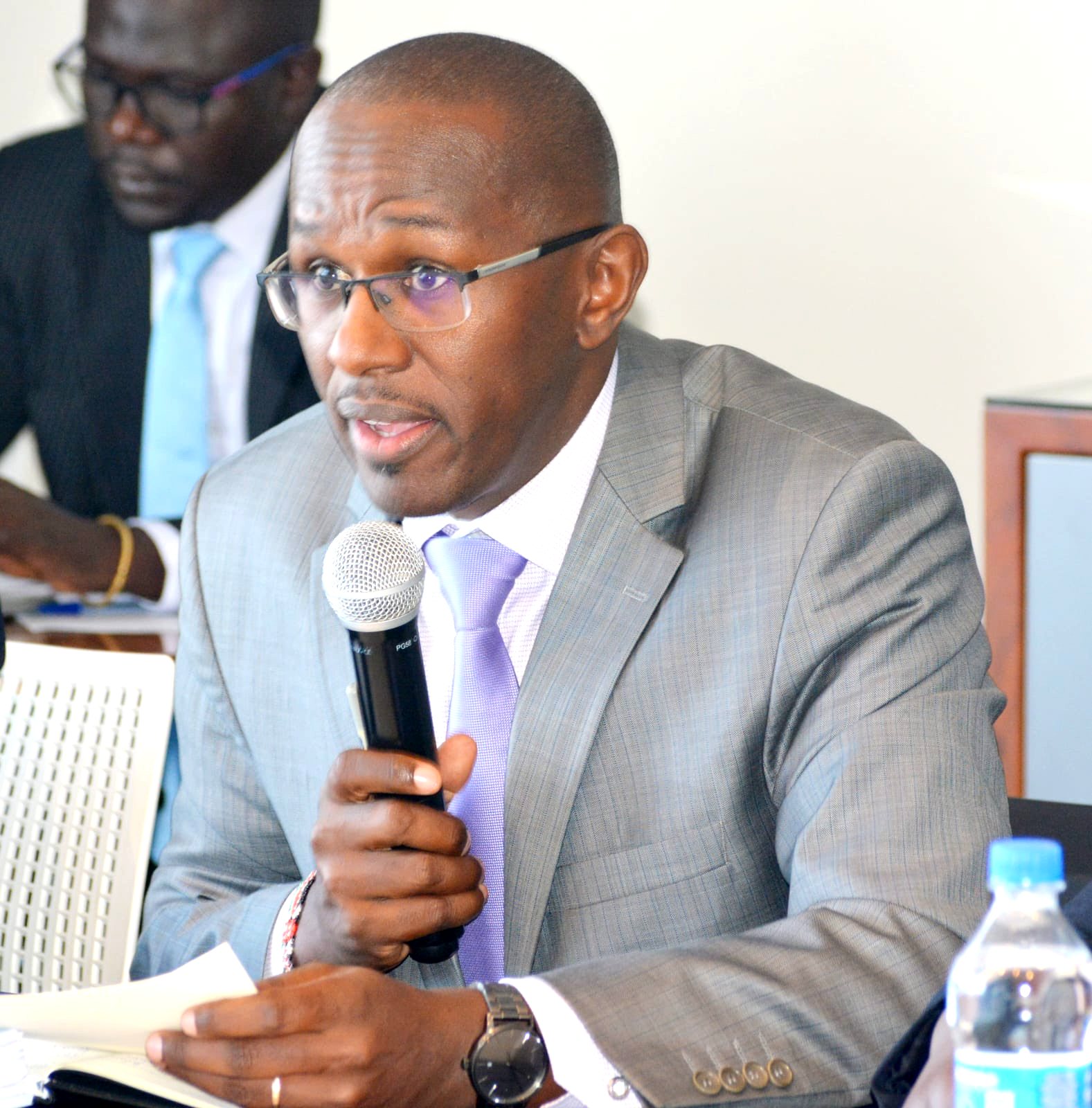By Azael Masese
Borrowing from financial institutions such as commercial banks is a key source of funding for Savings and Credit Co-operative Societies (Saccos) facing financial constraints.
While some borrow to undertake major investments, others do so for onward lending to its members and this might hurt their operations if not carefully evaluated.
Vision Point Sacco Chief Executive Officer Daniel Ombaso offers that this type of raising capital is common amongst the players but has more often than not destabilised their balance sheets.
“Those that have gone this route are by and large making losses as any income generated goes to repay the loan and they are suffering, silently,” he said.
Though they have not taken that route, Ombaso says that this is at times imprudent adding that some societies are forced to charge high interest rates compared to banks.
This then defies the very existence of societies which are expected to extend credit at a lower rate compared to banks.
Mhasibu Sacco head Anthony Kahoru says this arises as members want to borrow more than their mobilized savings.
According to the traditional cooperative model, members can borrow three times of their savings, and the overwhelming demand for loans can outstrip the available mobilized savings.
“Even if a society is unable to generate enough resources for lending to all members, it cannot lend to one and deny another and the only option is to borrow and let them bear the cost equally,” he noted.
However, Kahoru says that any information related to borrowing must be made available to the members so that they are able to scrutinize its performance.
The ordinary financial setup in the country is that while Saccos have huge loan portfolios, banks have huge deposit portfolios and Saccos still go to the banks for deposits at a premium.
In the 2016 Sasra Annual Supervision report, only 12 per cent of Kenya’s 175 deposit-taking savings and co-operative societies (DT-Saccos) were able to fund loans from members’ savings.
This means that the rest have to seek other sources of capital if they are to remain in business and seeking credit, the high cost notwithstanding, is one of them.
In the Sasra report, only 21 DT-Saccos met the statutory requirement for total loans to total deposits ratio of 70 per cent in 2016.
It cited this as a hindrance to the growth, performance and competitiveness of DT-Saccos, as they are forced to borrow from external sources in order to fund the shortfall from the deposits.
A ratio above 100 per cent means a financial institution is lending out more than what it is mobilising in deposits.
The industry’s regulator says total loans to deposits ratio stood at 108.39 per cent recorded in 2016 and termed it unsustainable.
“For DT-Saccos to remain comparatively competitive and as alternative financial service providers, they must have ability to mobilise and retain deposits from their members on a much higher ratio than the demand for credit,” Sasra said.
The ratio is far off the 75 per cent internationally recommended for deposit-taking financial institutions.
Data showed that gross loans issued by DT-Saccos in 2016 grew to Sh297.60 billion, while deposits climbed to Sh272.58 billion.
However, any decision to go for credit has to be informed by a committee that had evaluated the reasons for going for credit and if presented before the members, it makes business sense, says Mr Kahoru.
SOTICO Sacco boss Evaline Moraa says they have been doing good business borrowing from commercial banks only for short term lending such as salary advances.
When they venture into this form of credit, she says that they can charge about 8 per cent down from the 14 per cent the bank charges them.
“This works perfectly well if there is a strong internal structure and you know very well the people you are going to lend the money to,” she told Sacco Review.
Moraa offers that some societies go wrong when they borrow to lend for long term investment and advises against this arrangement.
Kisumu County Cooperative Commissioner Zephaniah Osok says that some borrow because they are facing financial difficulties and want to keep it under the wraps.
“They do so to please members that they are financially stable and able to extend loans but this is totally wrong and should not be allowed to operate,” he said.
Osok said that this is a concern and he has sent a circular to societies to societies within his jurisdiction urging them to desist from borrowing at higher interest rates compared to on lending to members.
With the advent of devolution, he believes that certain pieces of legislations will be passed to discourage societies from conducting this form of business.
“This is the right opportunity for the county governments to move in and curb this practice,” he said. A number of societies are for example
During a recent annual general meeting, the board chair of the society pleaded with its lender to consider a debt waiver, but the bank refused.
For the last two years, the society has paid its lenders commission and interest to the tune of Sh40 million, money that would otherwise have been channeled to improve its financial base and profitability.
In Nyanza region for example, one Sacco CEO told this writer that in the past, they had to borrow to pay dividends. “We received a delegate of a society from Central Kenya who wanted to study how not to fail,” the Sacco head said, tongue in cheek.
His Bomet County colleague David Kerich says that bank loans should only constitute about 20 per cent of the entire project cost but supplement what the society has already set aside.
“We strongly advise societies to encourage members to take up savings as a critical structure in the existence so that they will be able to raise enough capital for borrowing,” he said.
John Mwangi, Tai Sacco Chief Executive Officer, offers a different view of the cost of credit and why it might make business sense to go for it.
In this case, there are three sources of capital a society combines to arrive at a favourable figure.
A bank loan can attract 14 per cent interest rate, the loan on deposits 8 per cent and the institutional capital is interest free bringing the weighted interest rate to about 7 per cent.
He says the difference in margin can be treated as the cost of doing business.


